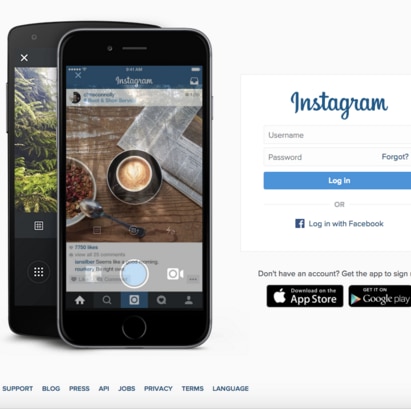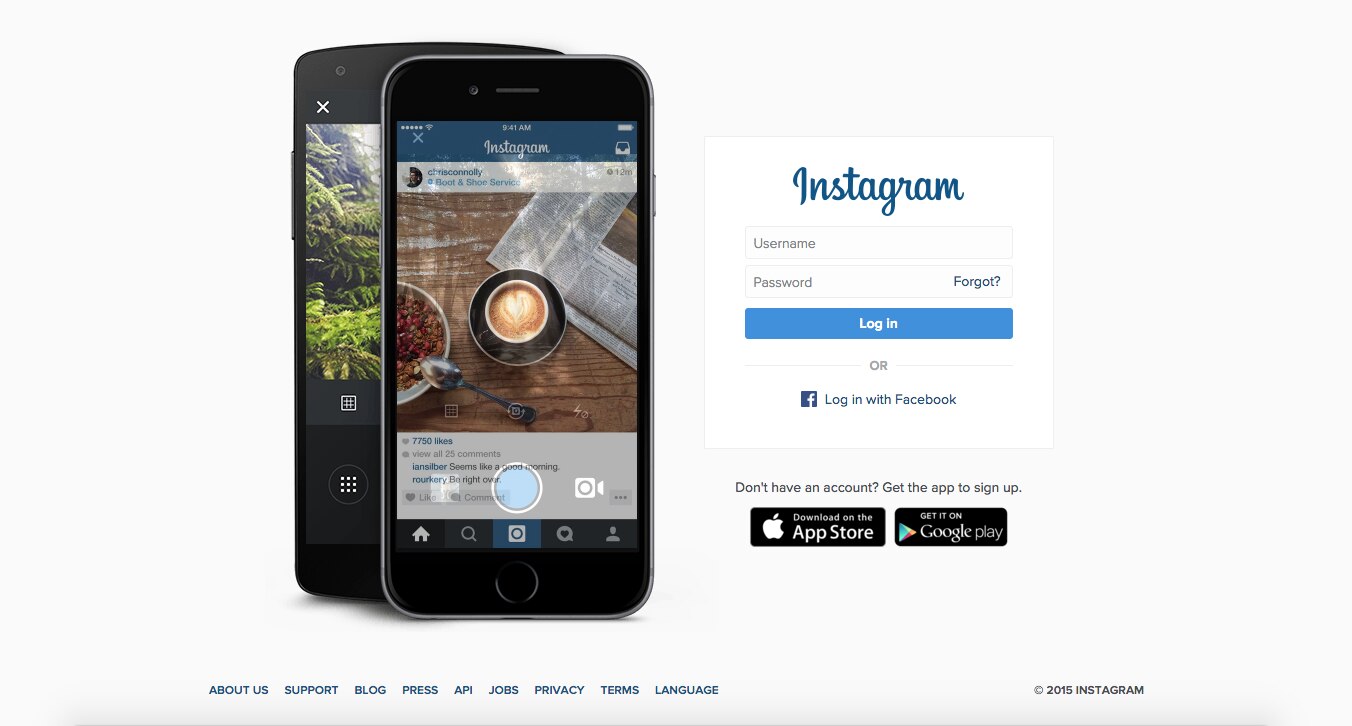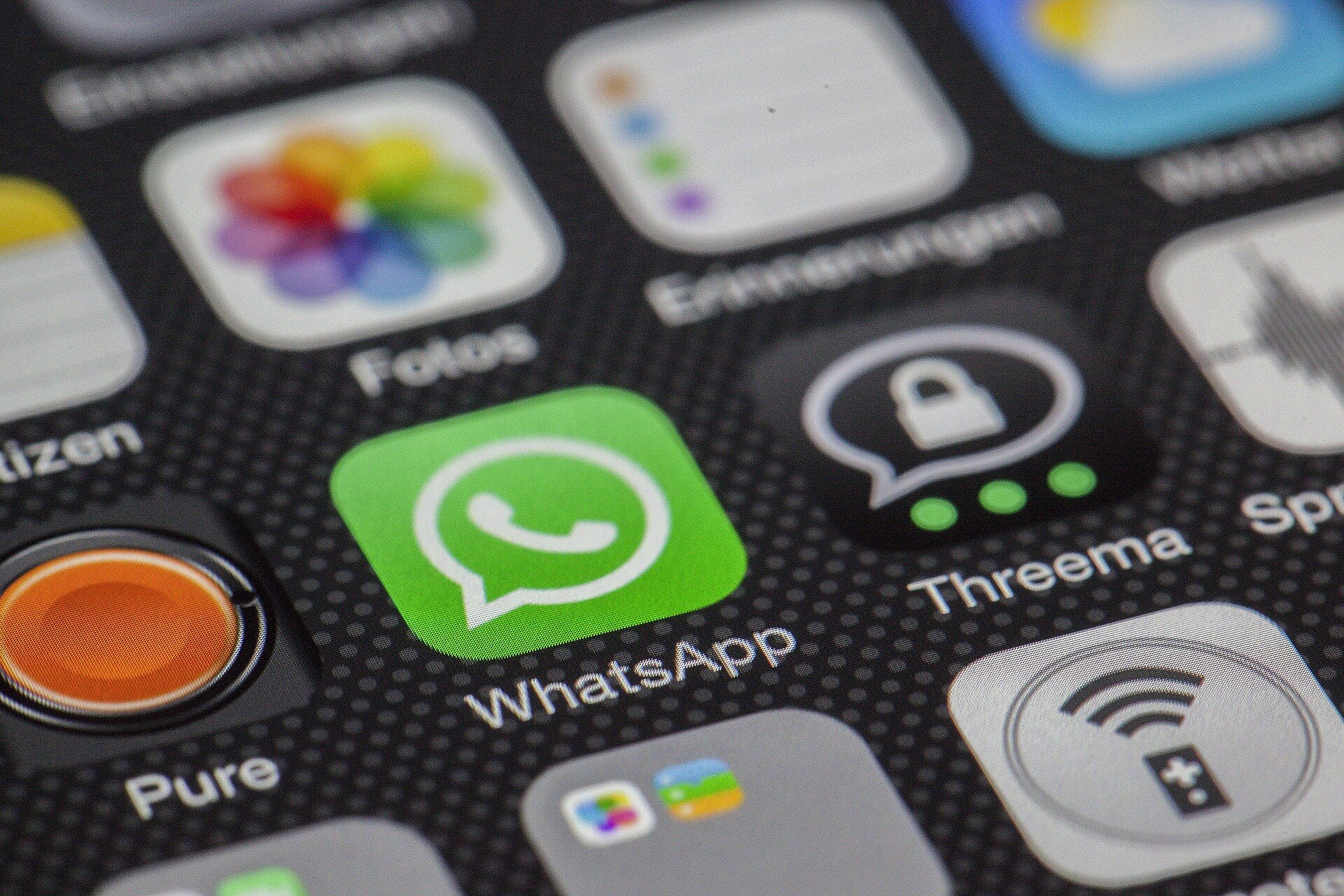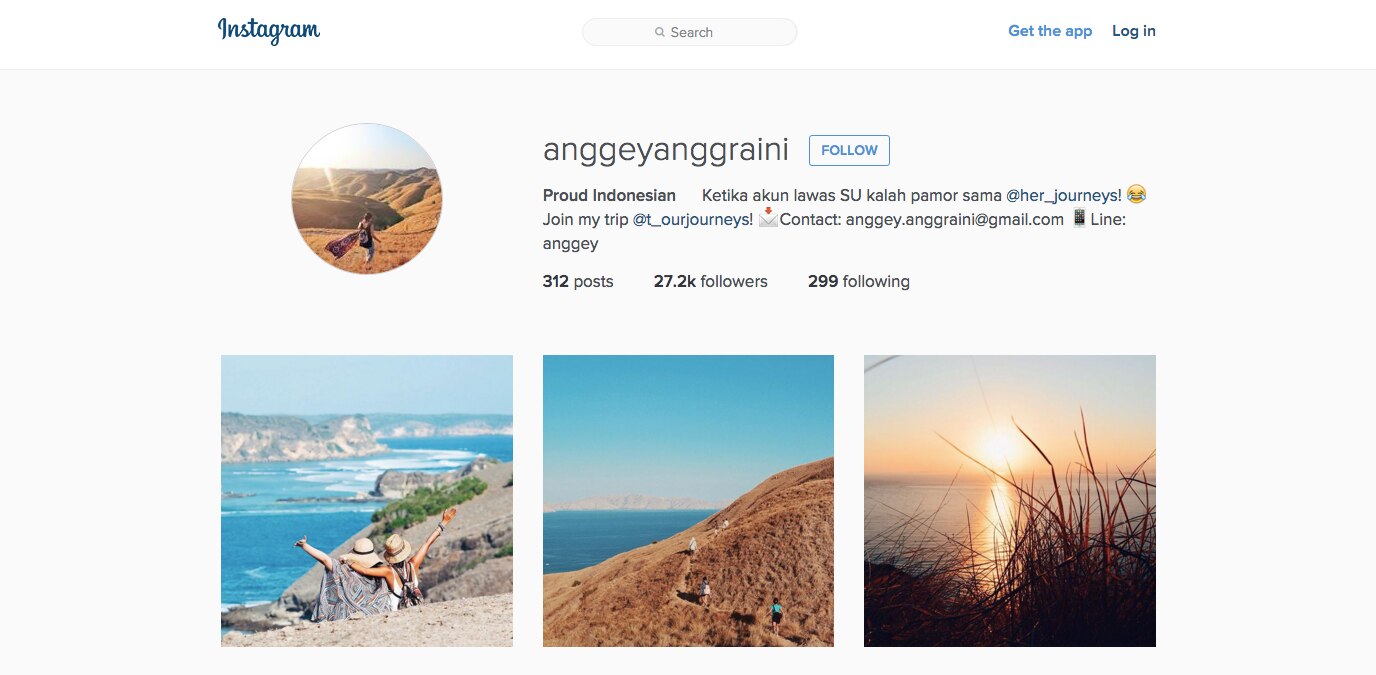Indonesians are masters of selling through social media. Using a multichannel sales approach, they’ve added social media as a legitimate and lucrative channel. Read on for how they’re doing this and what lessons you can apply to your own eCommerce business.
A high profile Indonesian fashion blogger finishes editing her latest Instagram post. In the photo, she’s walking down the street, wearing a new dress from a small fashion brand. She makes her final adjustments, clicks “share” and sits back for a coffee break. The entire post took her about an hour to put together, and she’s just made around US$500, an amount that deserves a break indeed.
This Indonesian blogger is also a buzzer, someone who is paid by fashion brands to put up posts featuring their clothing on Instagram, Twitter and other social media platforms. There’s a huge market in Indonesia for this type of influencer. Why? Because being featured in one of these Instagram posts can mean new customers and a big spike in sales. And because most of those brands paying the buzzers are selling their goods directly on Instagram.
Indonesians are redefining the role social media plays in eCommerce. Namely, they’re taking social media, which is generally seen as more of a marketing/branding channel and turning it into a legitimate (and seriously profitable) sales channel in itself.
Especially in rural areas, where shopping malls are few and far between, social media platforms like Instagram are filling in the space for Indonesians who want to go shopping, but don’t have anywhere to do it. This is creating a separate eCommerce ecosystem of buyers, sellers, buzzers and some very successful Instagram accounts.













